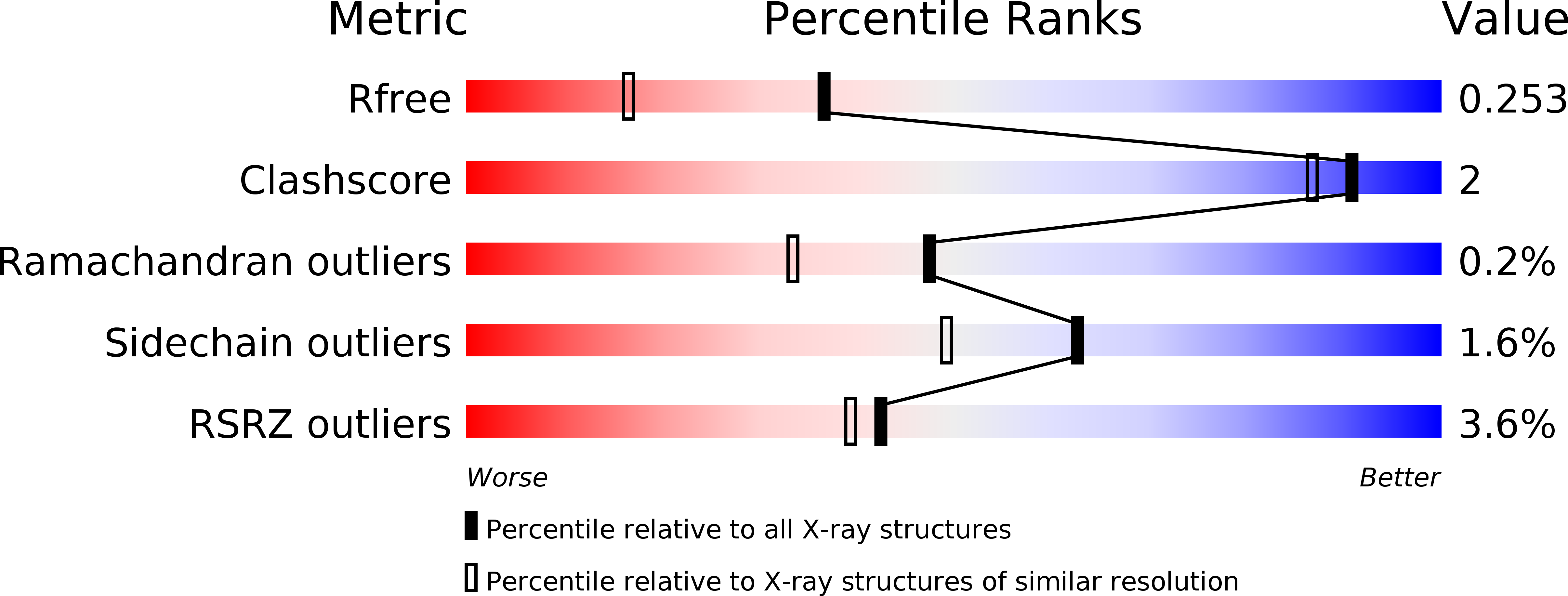
Deposition Date
2019-01-02
Release Date
2019-04-10
Last Version Date
2024-03-13
Entry Detail
PDB ID:
6NJ0
Keywords:
Title:
Wild-type E. coli MenE with bound m phenylether-linked analogue of OSB-AMS
Biological Source:
Source Organism:
Escherichia coli (strain K12) (Taxon ID: 83333)
Host Organism:
Method Details:
Experimental Method:
Resolution:
1.83 Å
R-Value Free:
0.24
R-Value Work:
0.19
R-Value Observed:
0.19
Space Group:
P 21 21 21


